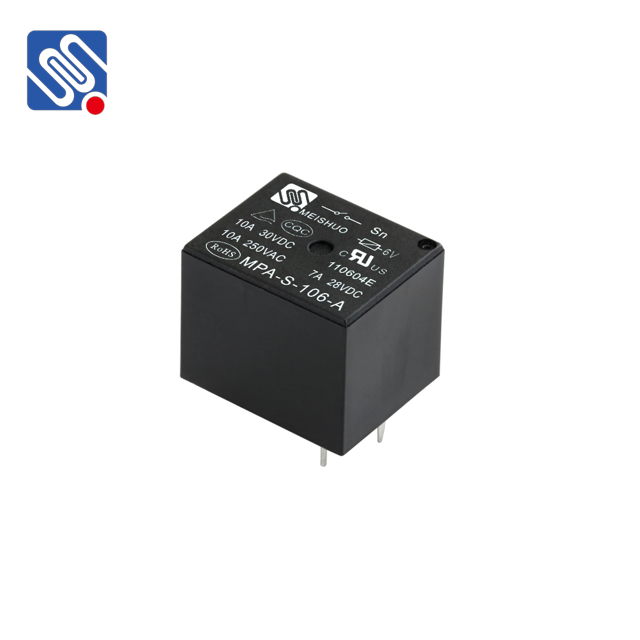Relays are essential components in electrical systems, serving as electrically operated switches. These devices control the flow of electricity by opening or closing circuits when triggered by an electrical signal. One critical parameter when selecting and using a relay is its current rating. The relay current rating defines the maximum amount of current a relay can safely carry or control without sustaining damage or risking failure. This article explores the significance of relay current rating, its role in ensuring safe and efficient operation, and factors to consider when selecting relays for different applications.

What is Relay Current Rating? The relay current rating is essentially the maximum current that the relay can handle under specified conditions. This rating is crucial because exceeding the current rating can cause overheating, damage to the contacts, or even lead to the failure of the relay. Relays are typically rated for different current levels depending on their intended use, such as low-power relays for signaling and high-power relays for controlling motors and large appliances. The current rating is usually provided by the manufacturer and can be found in the relay’s datasheet. Why is Relay Current Rating Important?